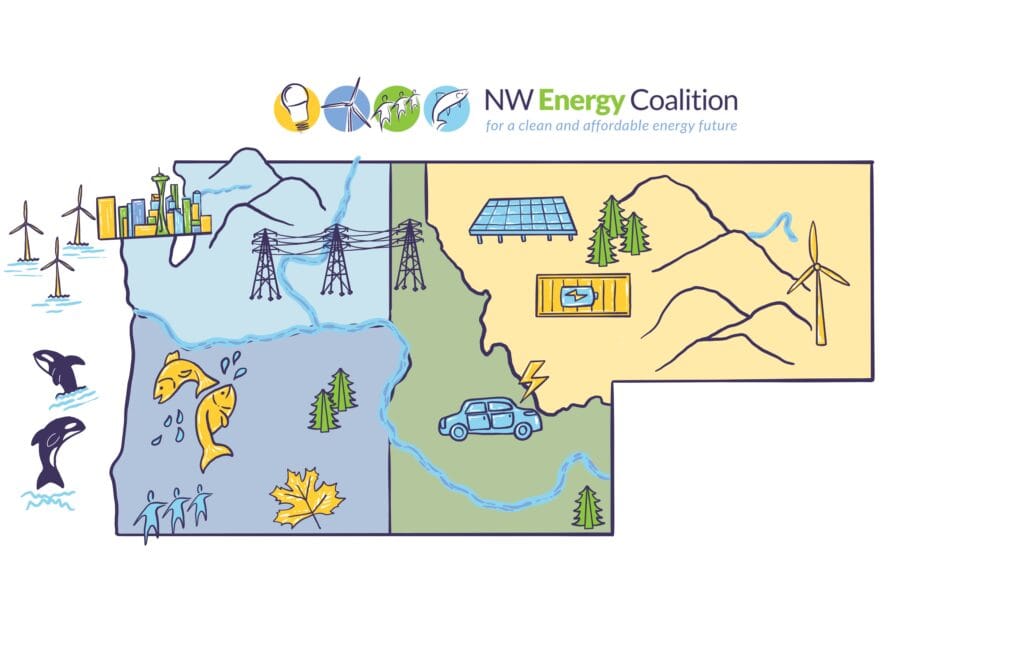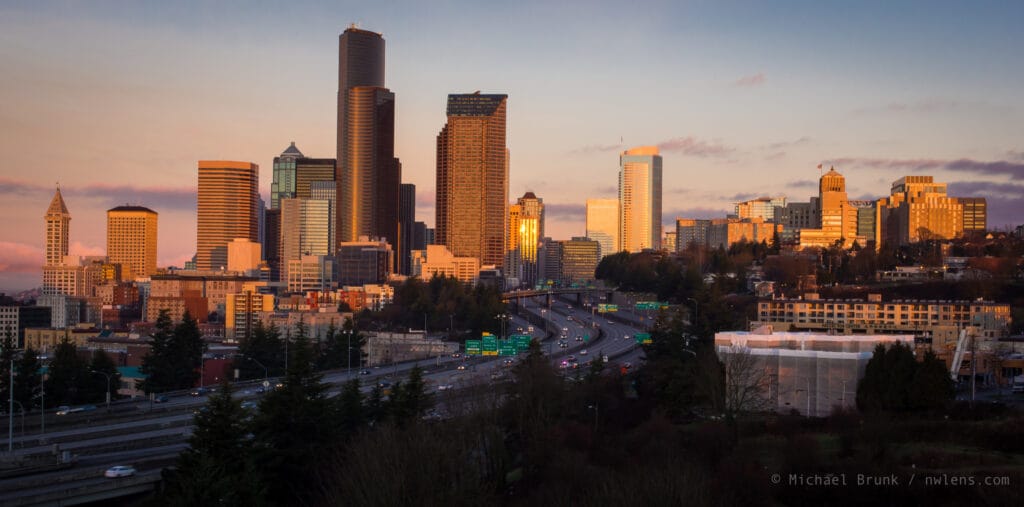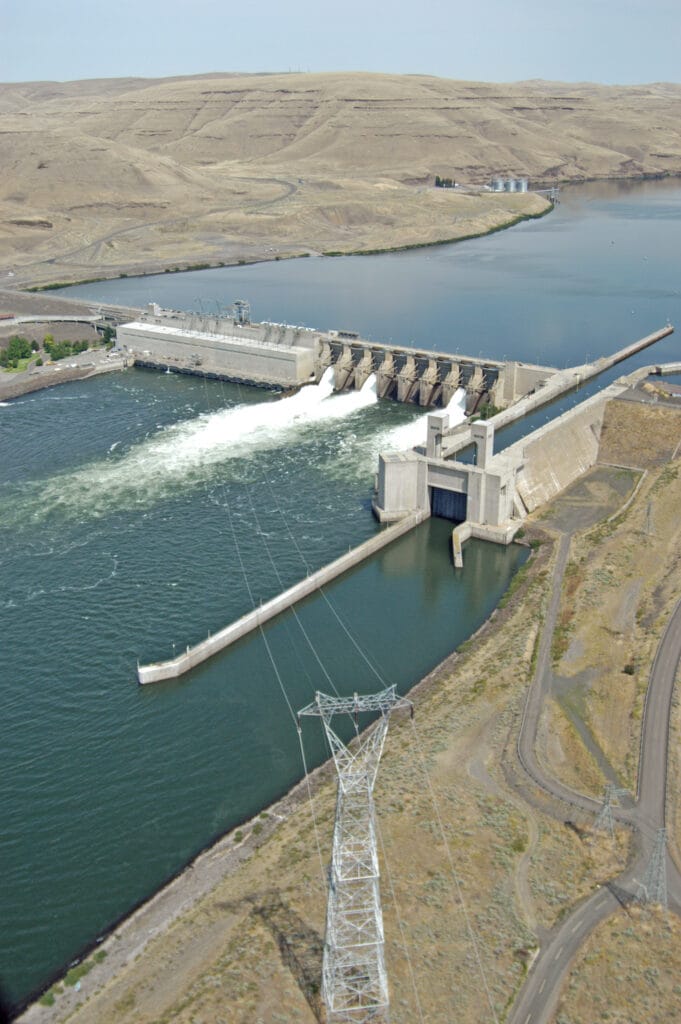April 2022 Newsletter: Creating Clean Buildings in the NW
This is the first installment of a monthly newsletter from us at the NW Energy Coalition. We hope to bring you timely, relevant updates and opportunities in a format that is quickly read and easily digestible. If you have ideas for how we can improve our newsletter, please email Chris Connolly at chris@nwenergy.org. Enjoy!

Featured
Give BIG kicks off today!

GiveBig launches today, with the main event happening on May 3-4! Please donate to support the Coalition’s work to advance clean, equitable, and affordable energy policies by leveraging our analytic expertise and convening a broad alliance of people and organizations. We are grateful for your support for this vital work towards a smarter and more resilient energy system that prioritizes energy efficiency, renewable energy, storage and clean fuels, transportation electrification, consumer protection, and salmon recovery. We couldn’t do it without you!
In the States, on the Ground
Washington
Approximately every three years, the Washington State Building Code Council (SBCC) updates the state’s energy code. On April 22, the SBCC will be voting on the Commercial Energy Code, which regulates commercial buildings and large multifamily buildings (four floors and taller). To learn more about the energy code proposals that will be voted on, as well as the process, see this guide.
Oregon
Governor Kate Brown signed SB 1518 into law, creating the Resilient, Efficient Buildings Task Force (REBuilding Task Force). The wide-ranging 27 member task force must develop policies for the decarbonization of new and existing buildings in order for the state to meet GHG reduction goals. Policy recommendations will be brought to the Legislature for the 2023 regular session. The Task Force’s first meeting was on April 5th. Learn more about SB 1518 here.

Idaho
Idaho Power currently has three dockets under way that affect clean energy in their service territory. IPC-E-21-37 seeks a new rate class for crypto-mining operators; IPC-E-21-40 a new, optional clean energy tariff known as Clean Energy Your Way; and IPC-E-22-08 seeks prudency approval for its demand-side management (DSM) expenses. The three are at different stages of the proceedings with formal intervention still possible for DSM prudency and public comment available for the other two.
Montana
NorthWestern Energy has indicated they will be filing a general rate case for both electricity and direct-use gas this coming summer. From rate design to resource budgets, general rate cases provide customers and stakeholders the opportunity to “look under the hood” of a utility’s operations. To learn more about rate cases and other regulatory process, see this guide from Montana Renewable Energy Association.

Northwest
The lower Snake River dams have been a region-wide issue for decades. With Sen. Murray and Gov. Inslee analyzing replacement of the dams, 2022 could be an impactful year. The NW Energy Coalition recently published a new paper addressing the sustained peaking capacity of the lower Snake River dams.
The paper came to two conclusions:
- The lower Snake River dams provide maximum sustained peaking capacity during times when the Northwest grid already has an abundance of hydropower.
- The lower Snake River dams can provide limited multi-hour peaking capacity during times when peaking capacity is most needed, particularly mid-winter and late summer.
Check out the full paper on our website by clicking below.
Photo: Bonneville Power https://flickr.com/photos/45690087@N05/11956060484
What We’re Reading
Canary Media: Can 24/7 carbon-free energy become a global standard?
Volts podcast: Audrey Schulman and Zeyneb Magavi on how to replace natural gas with renewable heat
Canary Media: A deeper dive into 24/7 carbon-free energy

